To meme or not to meme
17. September 2020
von Alexa Jeanne Kusber
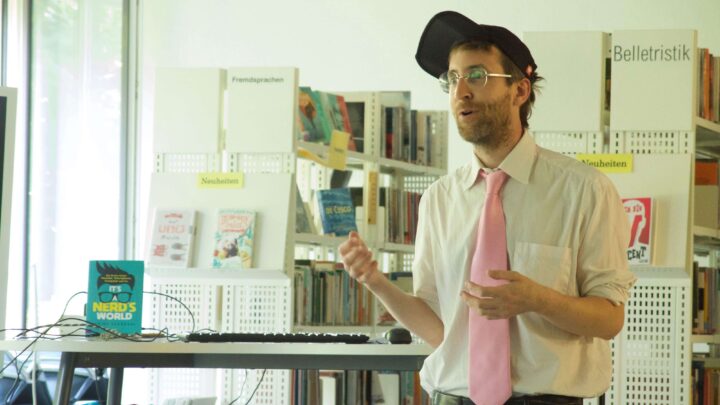

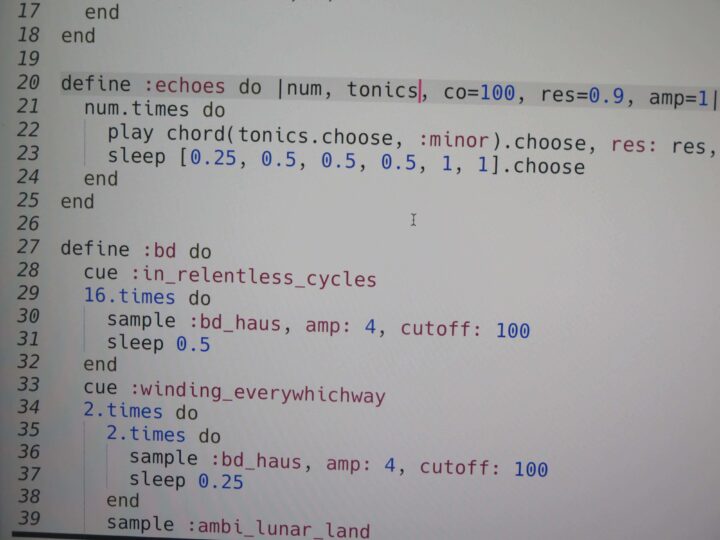
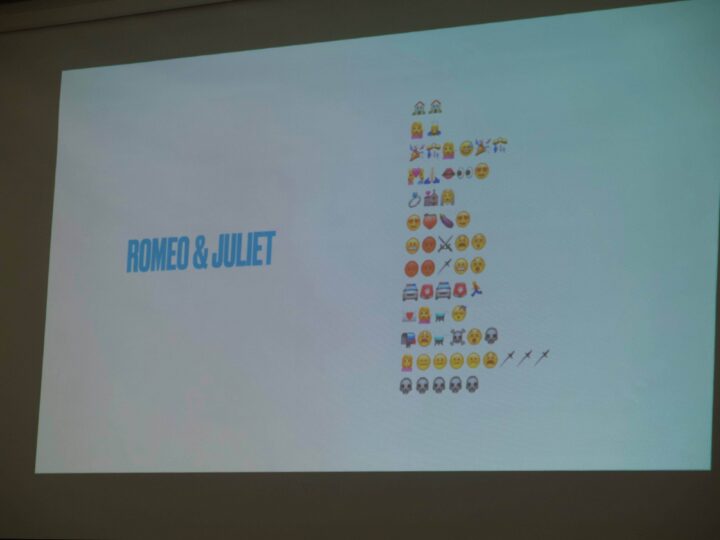
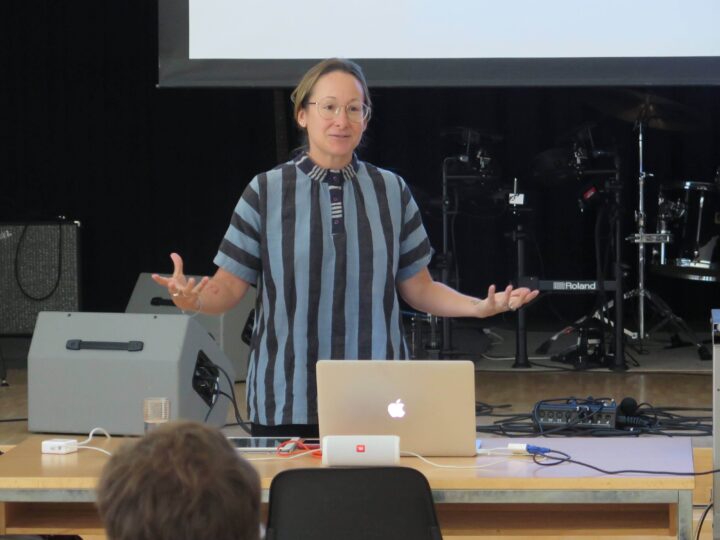
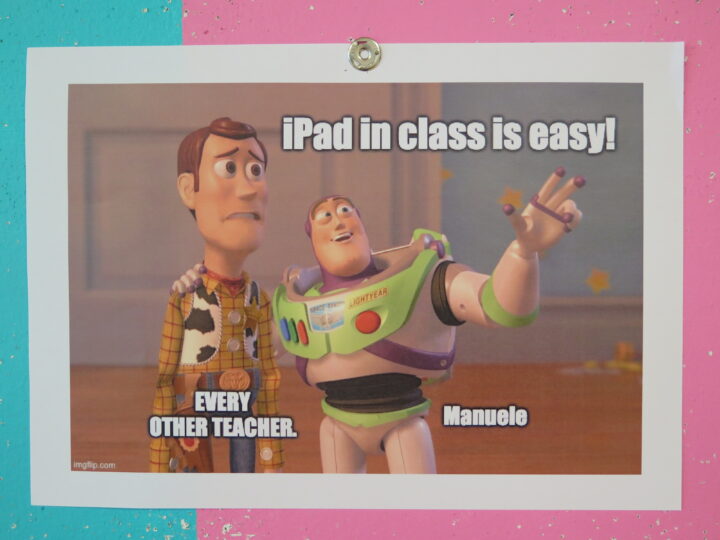
How do you create a comfortable environment where teachers find it fun and exciting to engage with the digital while motivating students to become creators instead of just users of technology? Here come memes, emojis and Sonic Pi to the rescue!
On 6 August the Schule Remisberg offered two inspiring workshops for their teaching staff to dive into the digital world of using the ipad as a creative tool in the classroom. The school is starting the new academic year with ipads for everyone, and is interested in building digital bridges between the teachers and students. Often during this adaptation of new technologies in the classroom many feelings arise - from insecurities of changing teaching methods, the idea of balancing too much screen time at school and the varying technological skill levels of the teachers.
The day was broken up into two 1 hour and a half sessions where teachers switched from one workshop to the next. Artist Felix Bänteli introduced creative computing by coding tunes through an open source live coding environment called Sonic Pi. Designed to support both computing and music lessons in schools, Sonic Pi uses the SAME coding techniques to create tunes that professional computer programmers use to make websites (but in an easy and entertaining way). Teachers had the opportunity to learn a new musical instrument played through the writing of code rather than the stroking of keys or strumming of strings. Sonic Pi’s built-in samples, synthesizers and effects gave them access to any genre of music all through the magic of simple text coding. And best of all, no coding or music experience was needed! At the end of the workshop, the teachers had learned to code and even participated in a group jam session.
Curator Alexa Jeanne Kusber offered a playful and academic workshop introducing the digital languages of memes and emojis. Who would've thought that these silly and everyday digital visuals could be used as tools in the classroom? She started by breaking down the histories of both languages, referring to emojis as the «modern-day hieroglyphics» and not only explained each of their origins, but also taught the grammar and rules that accompany each language. The first half of her workshop involved emoji storytelling presenting the emoji as another tool in our linguistic toolbox, and how to make whimsical, clever narratives out of just symbols. The class explored this idea through literature such as Shakespeare’s «Romeo & Juliet» and Charles Perrault’s «Cinderella». The teachers followed by writing visual stories of their summer holidays with the emoji keyboard that is already a built-in feature on the ipad. The stories were then translated by their peers. It was a nice surprise to the teachers that they all could translate the personal stories regardless of age, background or digital skills.
The second half of the workshop involved making memes with a focus on the becoming content makers instead of just a copy and paste society. Background information on how an evolutionary biologist coined the term meme, to the similarities with memes and folklore were explored. The practice of making memes was introduced using methods such as research, audience judgement and knowledge of current trends in politics/culture - and of course knowing your memes! The teachers started sharing memes they liked to later creating their own memes, which were also shared with their peers (an audience that many of the homemade memes were targeted towards). The workshop ended with classroom suggestions on how to use these digital languages in a teaching setting with any subject, and also how to communicate with their students utilizing these new languages. The day ended with a group lunch outside where the teachers could engage and ask questions to the workshop leaders in an easy going setting.
By the end of the day it was apparent that the workshops opened up a new and playful pathway for the teachers to start to consider the ipad as a creative teaching tool. That they could also have fun and inspire their students while learning how to navigate this new classroom aid.



